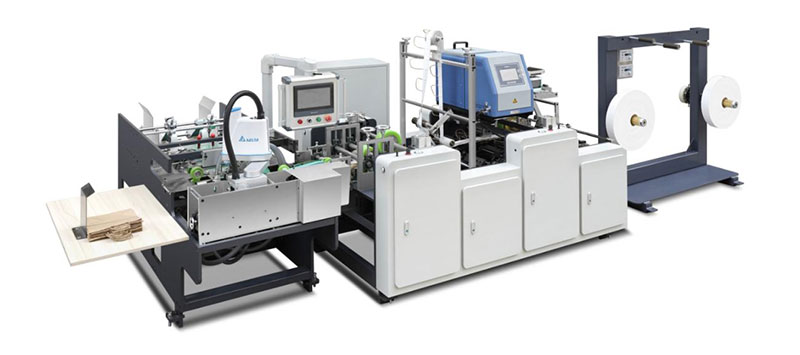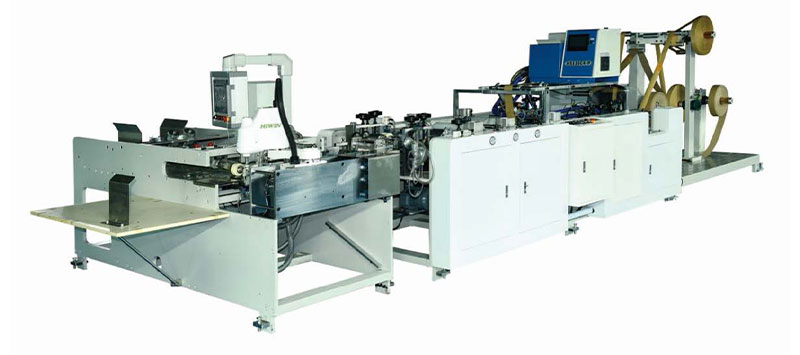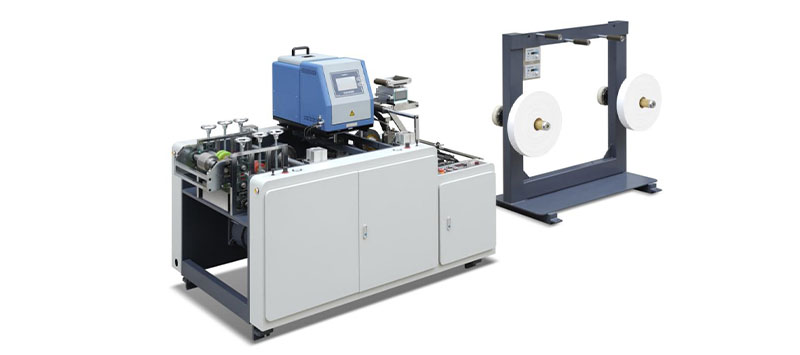Throughout the entire process, the paper bag machine is controlled by a set of electronic controls and sensors. These controls ensure accurate operation and enable the adjustment of various parameters such as speed, tension, and glue application. The machine is designed to operate efficiently and produce high-quality paper bags with consistent dimensions and appearance.
A paper bag machine operates through a series of well-coordinated processes to manufacture paper bags. Here's an in-depth look at how it functions:
1. Paper Feeding Stage
The process commences with the feeding of paper into the machine. This can be in the form of a large roll of paper or pre-cut sheets. The paper is guided into the machine via a set of rollers and guides to ensure precise alignment. This initial step is crucial for the subsequent processes to run smoothly.
2. Printing and Decorating (Optional)
If the paper bags need to be adorned with prints or decorations, this step may take place either before or after the bag formation process. Specialized printing units are employed to apply designs, logos, or text onto the paper. Various printing methods like flexography or offset printing can be used. This stage adds a touch of uniqueness and branding to the bags.
3. Folding and Gluing Process
Next, the paper is folded into the desired shape of the bag. This typically involves folding the sides and bottom of the paper to create the bag's structure. Glue is then applied to the appropriate areas to hold the folds firmly in place. Nozzles or rollers are used to apply the glue, and its application is carefully controlled to ensure optimal adhesion. This step is vital for the stability and durability of the bag.
4. Cutting Stage
Once the paper is folded and glued, it is cut to the desired length to form individual bags. High-precision cutting tools are utilized to ensure clean and accurate cuts. The cutting process can be adjusted to produce bags of different sizes, providing flexibility in production.
5. Handle Attachment (if applicable)
If the bags require handles, they can be attached at this stage. Handles can be made of paper, rope, or other materials and are attached using various methods such as gluing, stapling, or welding. This step enhances the functionality and usability of the bags.
6. Finishing and Inspection
The completed bags are then inspected for quality and any possible defects. This may involve checking for proper folding, gluing, cutting, and handle attachment. Any defective bags are removed, while the good ones are stacked or packaged for shipping. This final step ensures that only high-quality bags are delivered to the customers.



